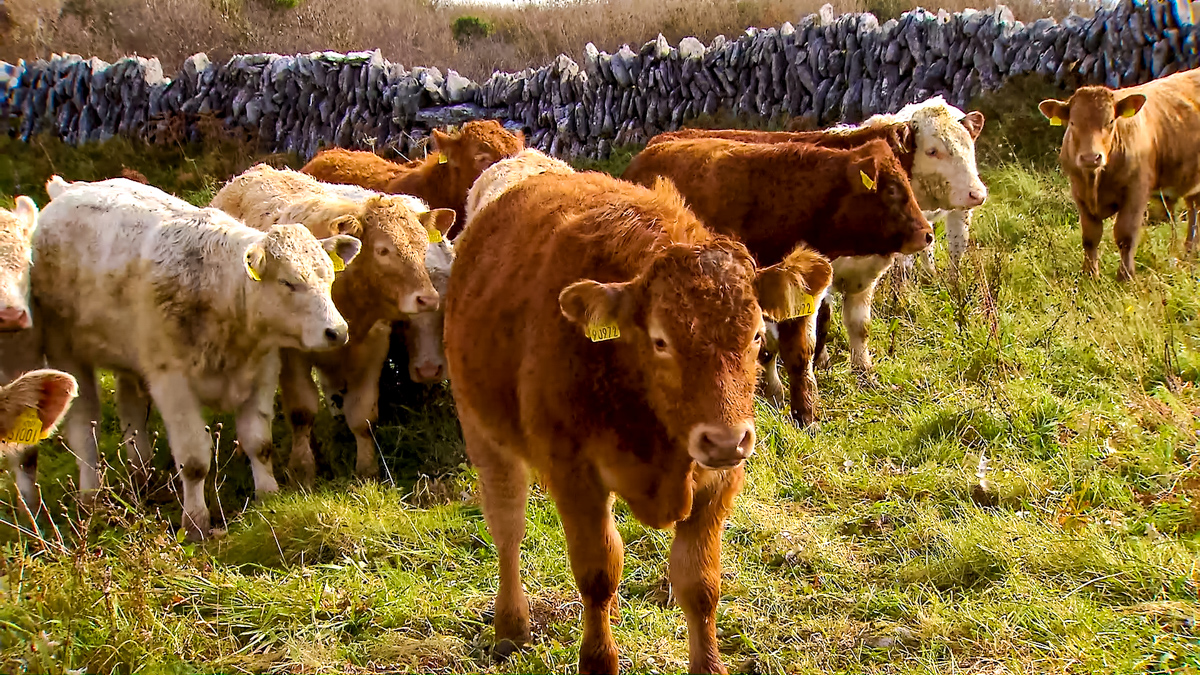Teagasc is confirming that suckler research will remain at the very heart of its commitment to the Irish beef industry.
Dr. Paul Crosson, beef enterprise leader with Teagasc, told Agriland: “At our beef research centre, a substantial proportion of our land and resources is dedicated to suckler systems research and indeed much of the wider beef research programme into health, welfare and nutrition applies to suckler and dairy beef systems.
“Numerous research trials are ongoing, investigating every aspect of suckler production and we certainly intend to maintain our commitment to sucklers.
“It’s a crucial part of our industry, being one of the most predominant land-users in the country and the source of substantial economic activity in many rural areas,” he added.
Importance of suckler sector
Crosson is quick to confirm the part-time nature of most suckler and sucker-beef operations in this country.
He explained: “But this in no way diminishes the significance of the sector. It is extremely important that suckler farmers are fully aware of the best cow types to use and we have much research in this area.
“We are also looking at breeding technologies to increase the use of AI [artificial insemination]and accelerate genetic progress while optimising growth rates from calves.
“Maximising liveweight gain from grazed pastures is critical. The overall objective is to get this animal to a finishing weight in the quickest and most efficient way possible.”
Grass utilisation
The Teagasc representative further highlighted the need for sucker farmers to make best use of grass.
“Of course, each farm is different in terms of its locations and the constraints within which the business is operating.
“On some farms it may well be possible to get stock out in the early spring. On other farms, turnout date may well be significantly later in the season.
“It is important that we have a flexible grassland model that takes account of these factors but, irrespective of location, the overall aim must be to maximise the grazing season to the extent possible on each person’s own farm.
“The adoption of rotational grazing systems can facilitate this objective significantly,” he added.
Suckler income
Crosson acknowledged the low incomes in the suckler sector with average farm incomes of less than €10,000 according to the Teagasc National Farm Survey.
He further explained: “Given that this figure included support payment of €12,500, it is clear that the current debate around CAP [Common Agricultural Policy]… the fate of the basic payment scheme is critical to the future of the sector.
“The industry needs continuing support.”
Crossan said that Teagasc’s current research programmes “fully recognise” the fragmented and part-time nature of many suckler farms.
“We recognise that the availability of labour on these farms can be limiting at most times of the year,” he said.
“For example, up to now, these challenges have limited the widespread use of AI on suckler farms. Naturally enough, it fits better with a part-time enterprise to put a stock bull out with cows, particular if they are grazing away from the main farm yard.
“But technology is available to increase AI for perhaps part of the breeding season, e.g. the likes of fixed-time AI programmes are available which can help drive genetic gain on our suckler farms,” he added.
